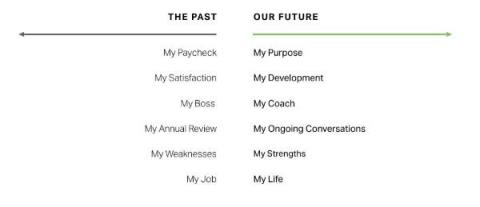Coworking Trends: 11 Predictions for 2021
Nowadays, everyone is wondering about what the future workplace will look like. The millennial generation is taking over the global workforce, and their preferences are giving birth to new trends. Remote work is becoming more relevant by the day in the business world. People who work remotely have the option of working from home or another place of their choice. However, work from home no longer appeals to everyone.













